Postcards From Naoshima
Naoshima is a small island located in the Seto Inland Sea of Japan. For decades it was a sleepy fishing community before it became a destination for contemporary art and architecture. This was a result of an agreement in 1985 between Benesse Corporation and the then mayor; Chikatsugu Miyake.
Known as the “Art Island”, Naoshima contains some of the most impressive galleries like Benesse House, Chichū Art Museum and Lee Ufan Museum, which are unmistakably designed by Japanese superstar architect Tadao Ando .
Ando’s signature architectural style is often simplistic, and embodies a sense of nothingness and empty space. As an admirer of Ando’s work and concrete in general as a material; I decided to spend a night at Benesse House, and consequently guests had after hours access to the gallery — who doesn’t want to sleep in an art gallery for a night?
One of the biggest attractions to Naoshima is the big yellow pumpkin by avant garde artist Yayoi Kusama. It sits on a wharf overlooking the Seto Inland Sea casting it’s quirky polka dots in all its glory. Kusama’s artistic essence is seen dotted throughout the towns in Naoshima. There isn’t many places where you can walk down alleyways filled with the most beautiful gardens with glimpses of tiny polka dot pumpkins.
The main settlement on Naoshima is Honmura, which was originally a coastal castle town. A number of the abandoned houses in this area now have been transformed to be a part of the Art House Project. The standout is “Minamidera”, designed by Tadao Ando featuring James Turrell’s “Backside of the Moon”, a visual interaction that plays with your perception of light.
When you are ready for a spot of lunch I recommend seeking out a little cafe called “Naka Oku” that makes the most flavoursome Japanese curry and authentic matcha latte. It is a little difficult to find, but well worth the effort.
The Lee Ufan Museum (李禹煥美術館, Ri Ūfan Bijutsukan) is situated in a valley that houses a number of sculptural works featuring stone, concrete and metal and some earlier paintings by contemporary Korean artist Lee Ufan. It is a collaboration with Tadao Ando, as Ufan’s work reflects the same stillness and dynamism that is present in Ando’s architectural work.
Like many of the other museums Tadao Ando has built on Naoshima, the Chichu Art Museum (地中美術館, Chichū Bijutsukan) is another example of art and architecture amongst nature. The museum is mainly built underground to avoid disturbing the natural surroundings in which it is situated. It is unique that the museum only utilises natural light to illuminate the artworks, so the ambiance and viewing experience is largely based on the passing of time and seasons.
Chichu Art Museum holds five paintings from the “Water Lilies” series by impressionist Claude Monet. Like the rest of the museum, the paintings are lit with natural light, so depending on the time you visit you can see all the beautiful deep violets and tones of green, with flecks of pink and yellow. The pathway lining up to the approach of the the museum also has the Chichu Garden, which is representative of Monet’s water lily pond in his home in Giverny, France.
After a long day of museum hopping and immersing myself in art and architecture, I settled back in my room preparing for dinner at Benesse House. I was so exhausted I barely stayed awake during the meal, so I was very glad that after dinner I only needed to stroll through the museum back to my room. I was out like a light as soon as my head hit the pillow, no doubt I was dreaming about big yellow polka dot pumpkins.
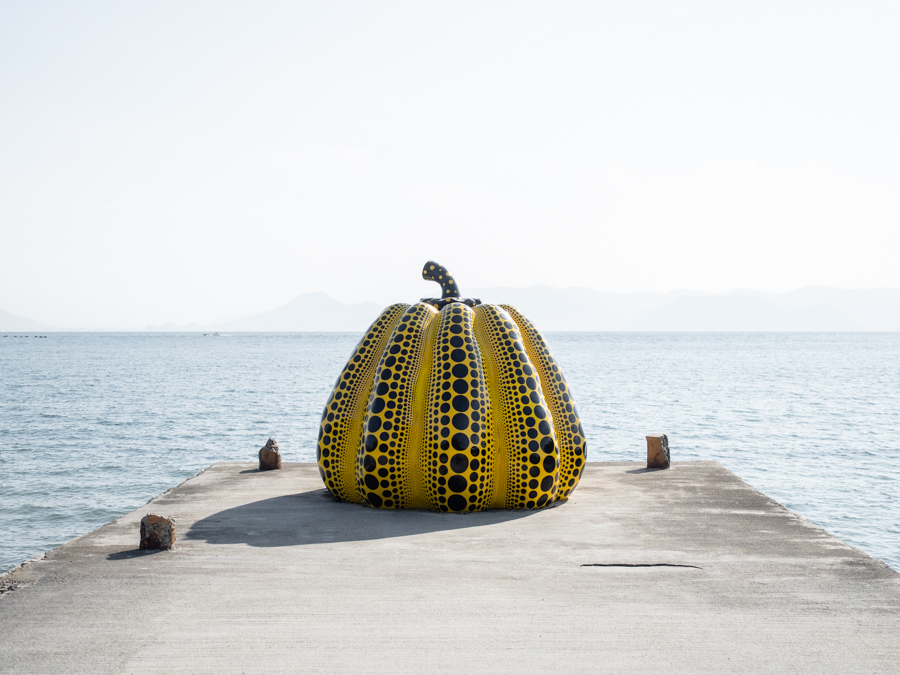
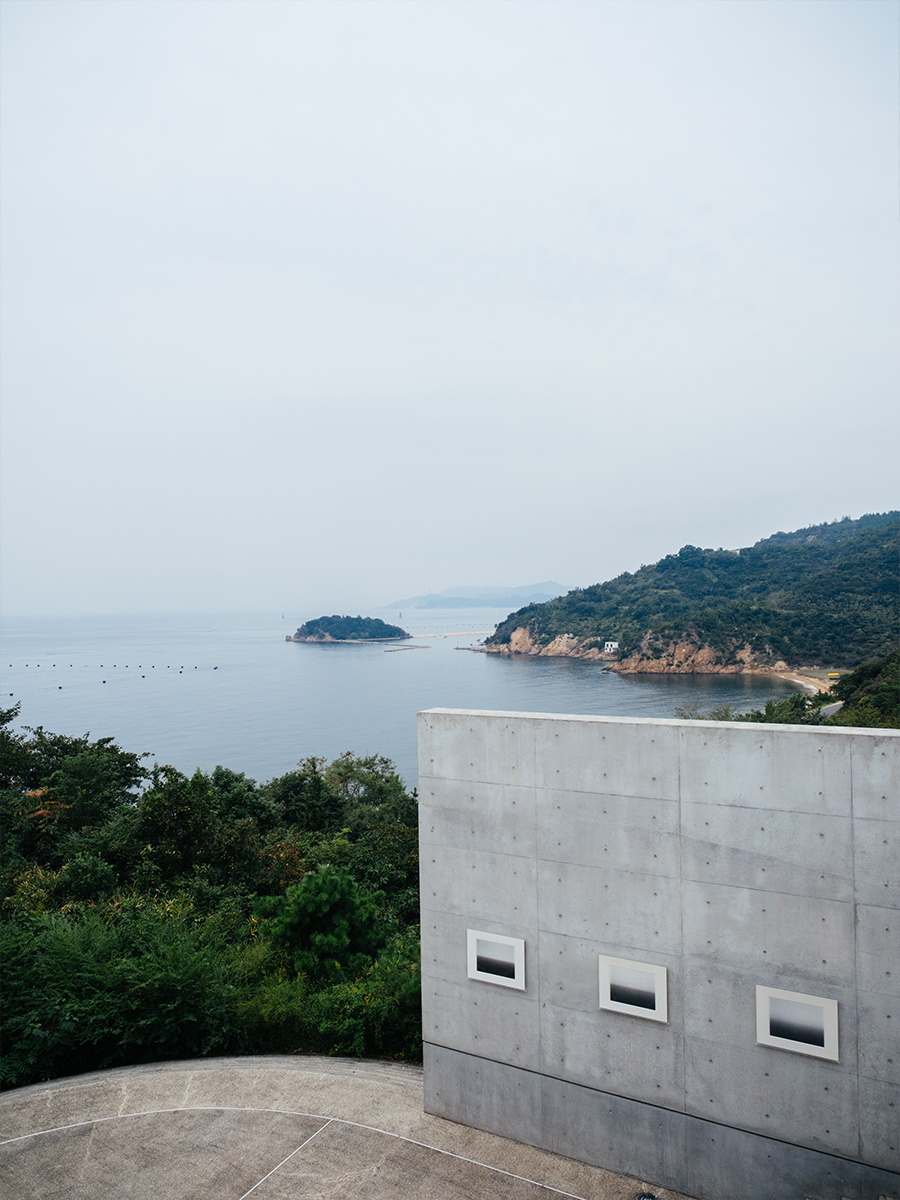
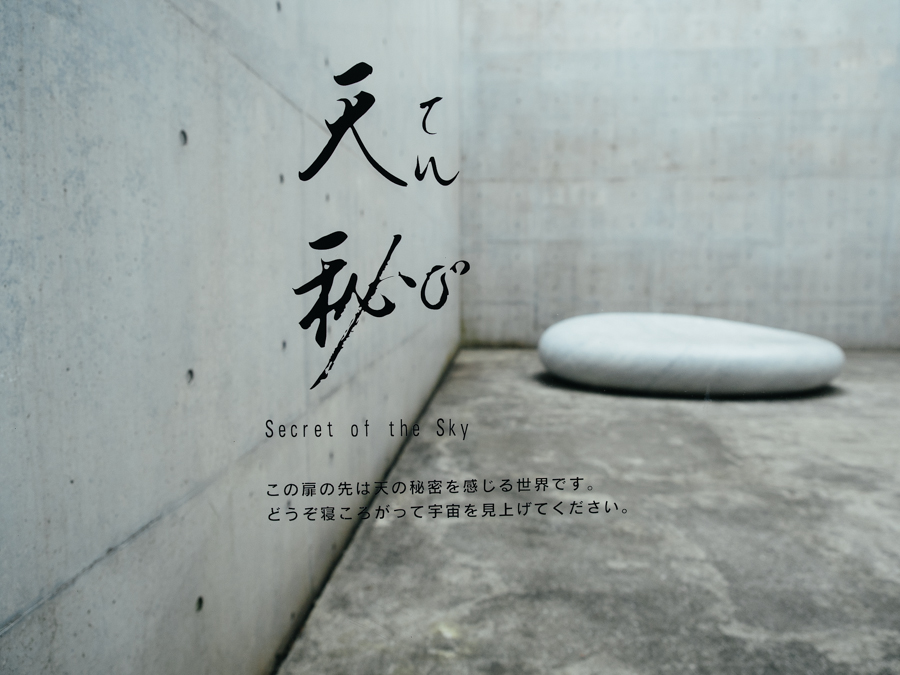
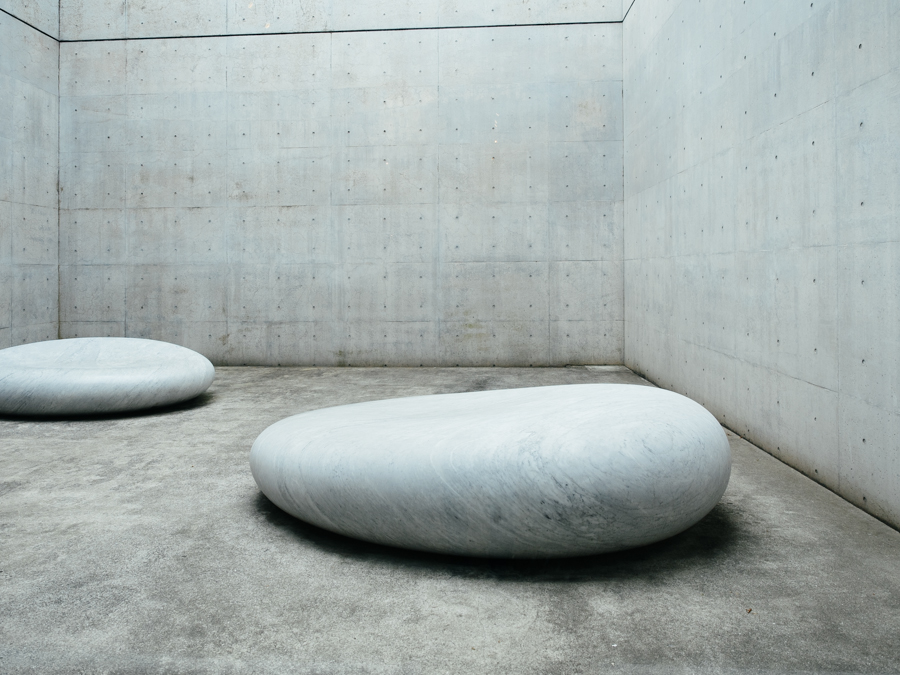
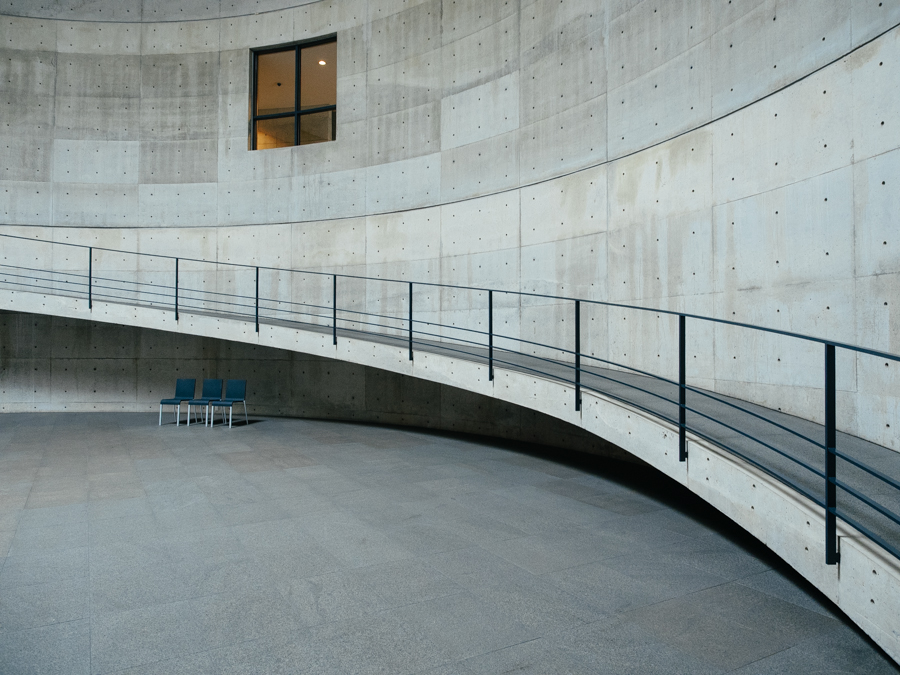
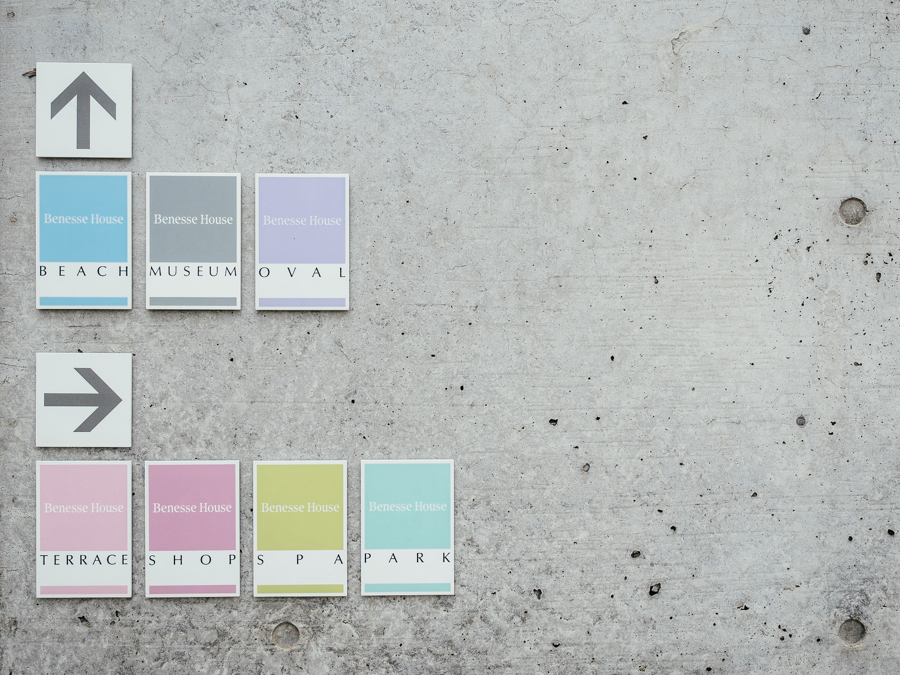
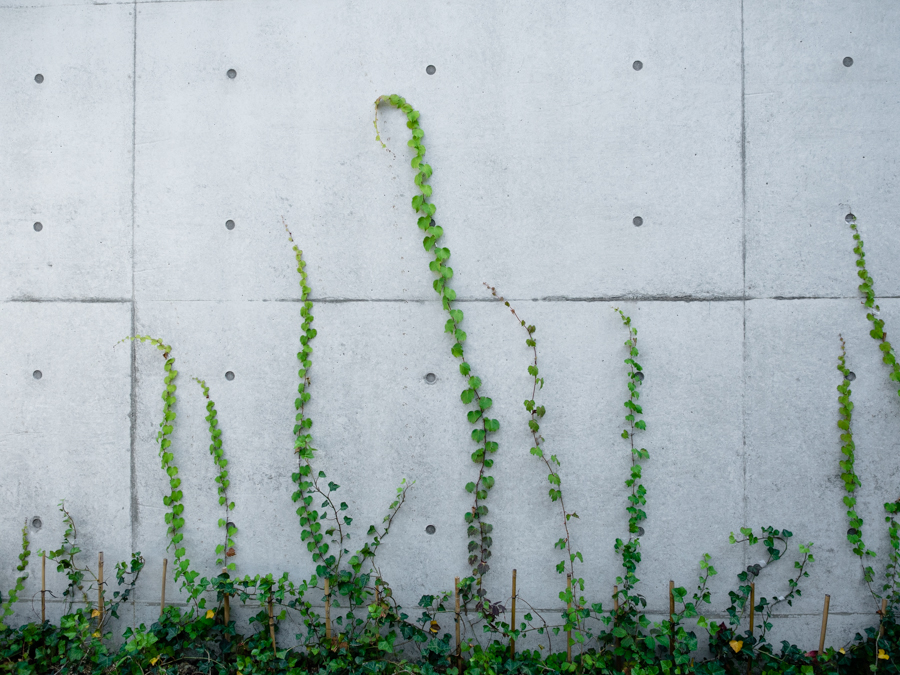

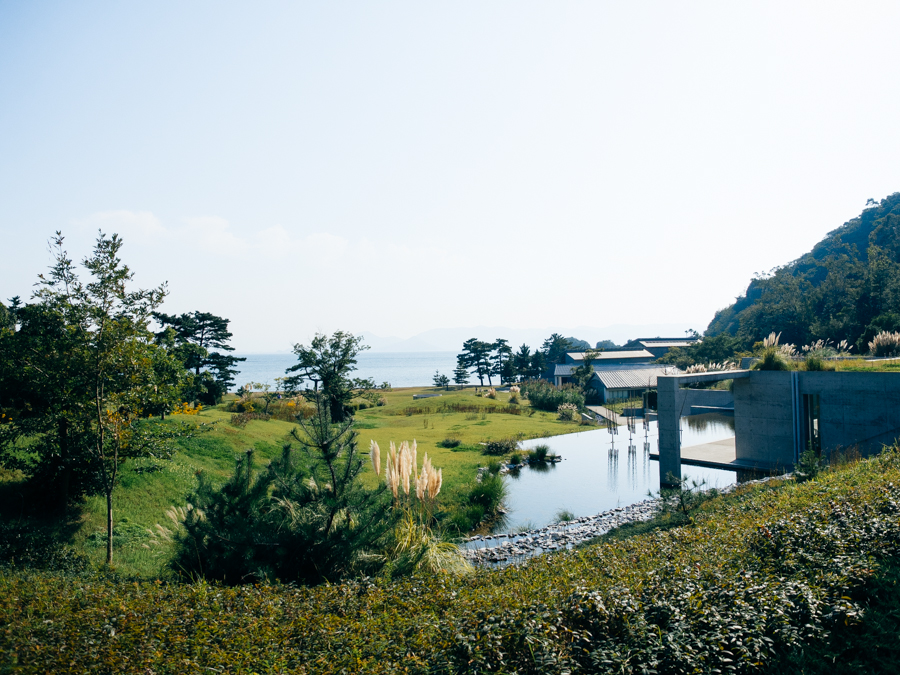



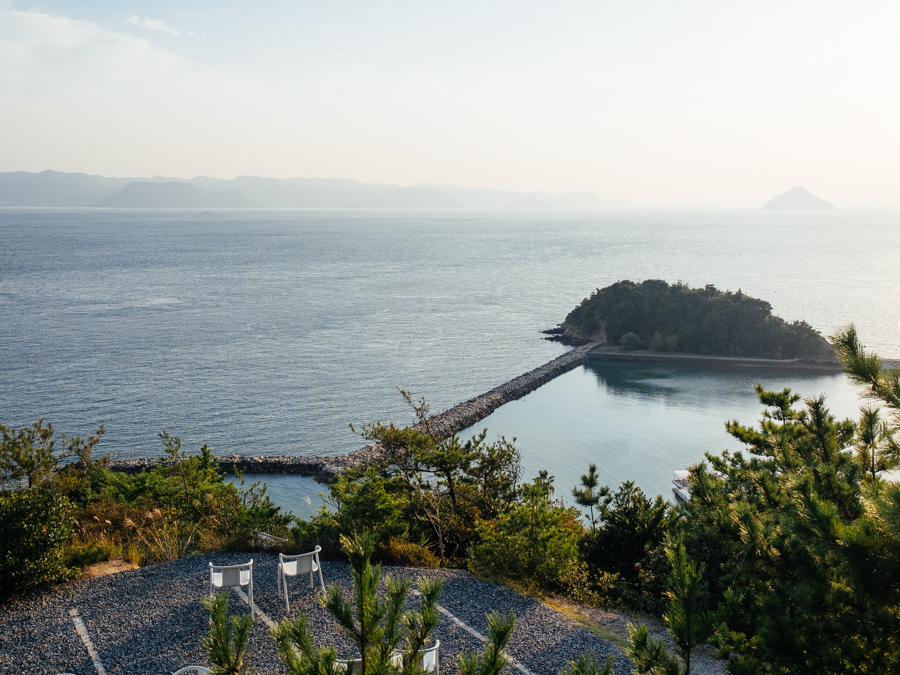

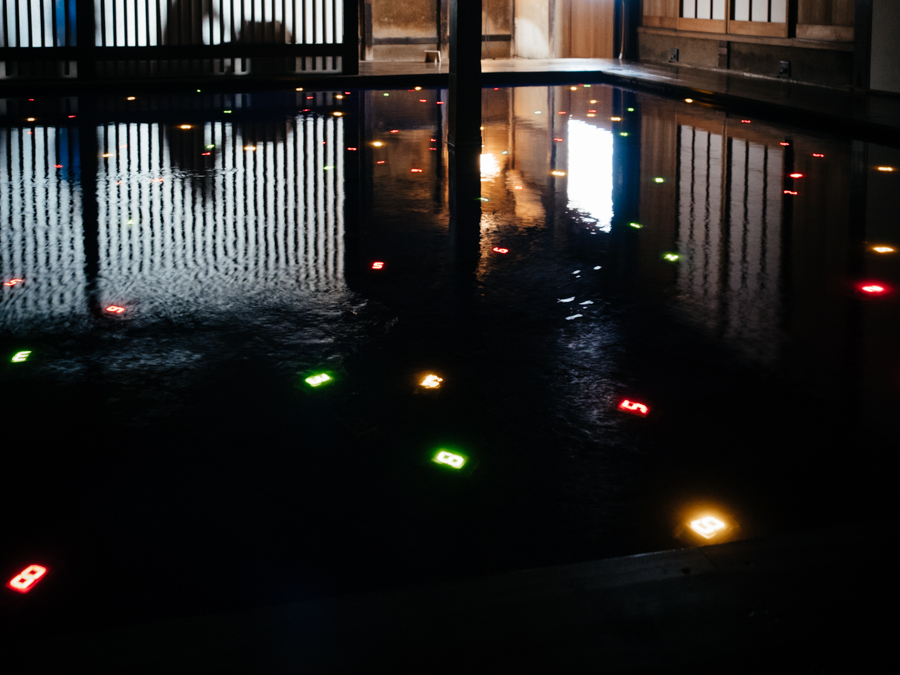
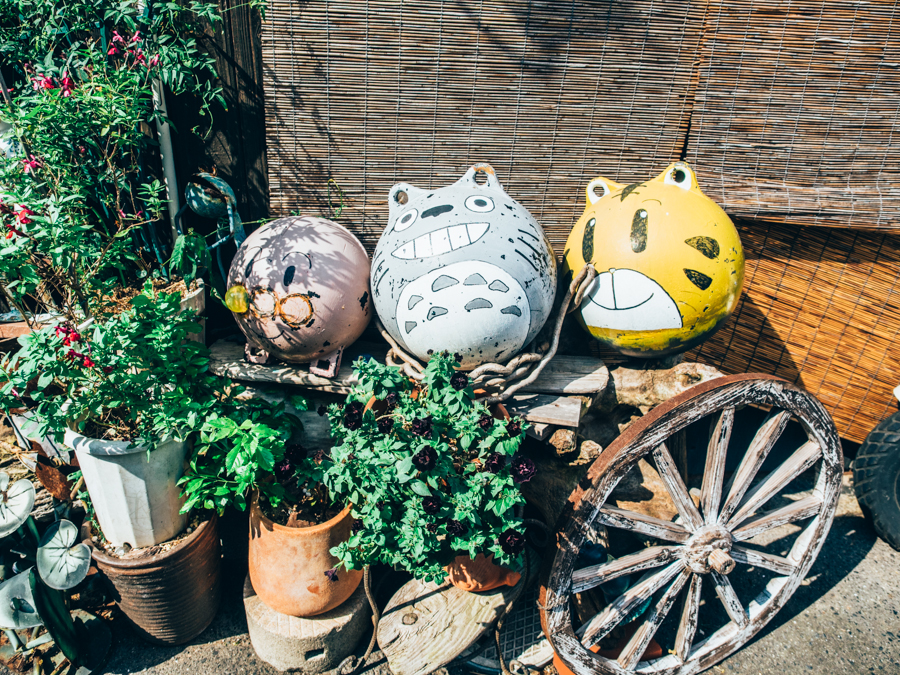
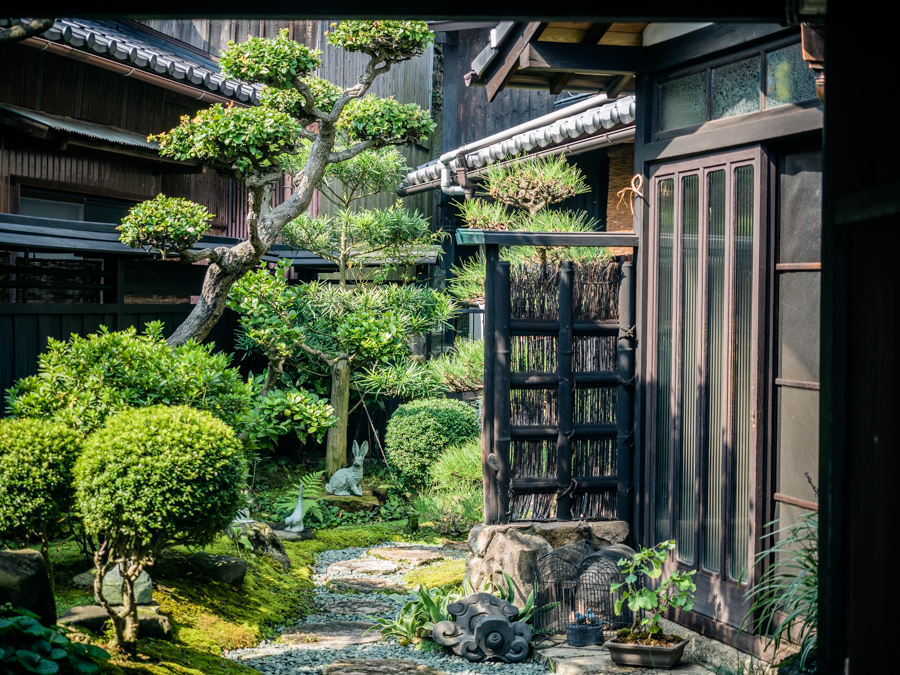

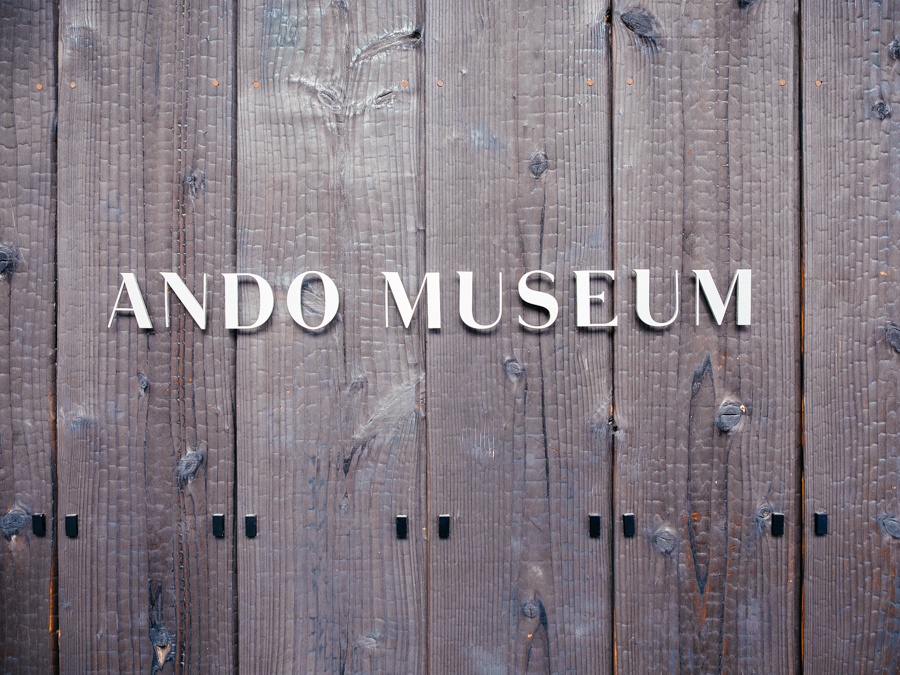

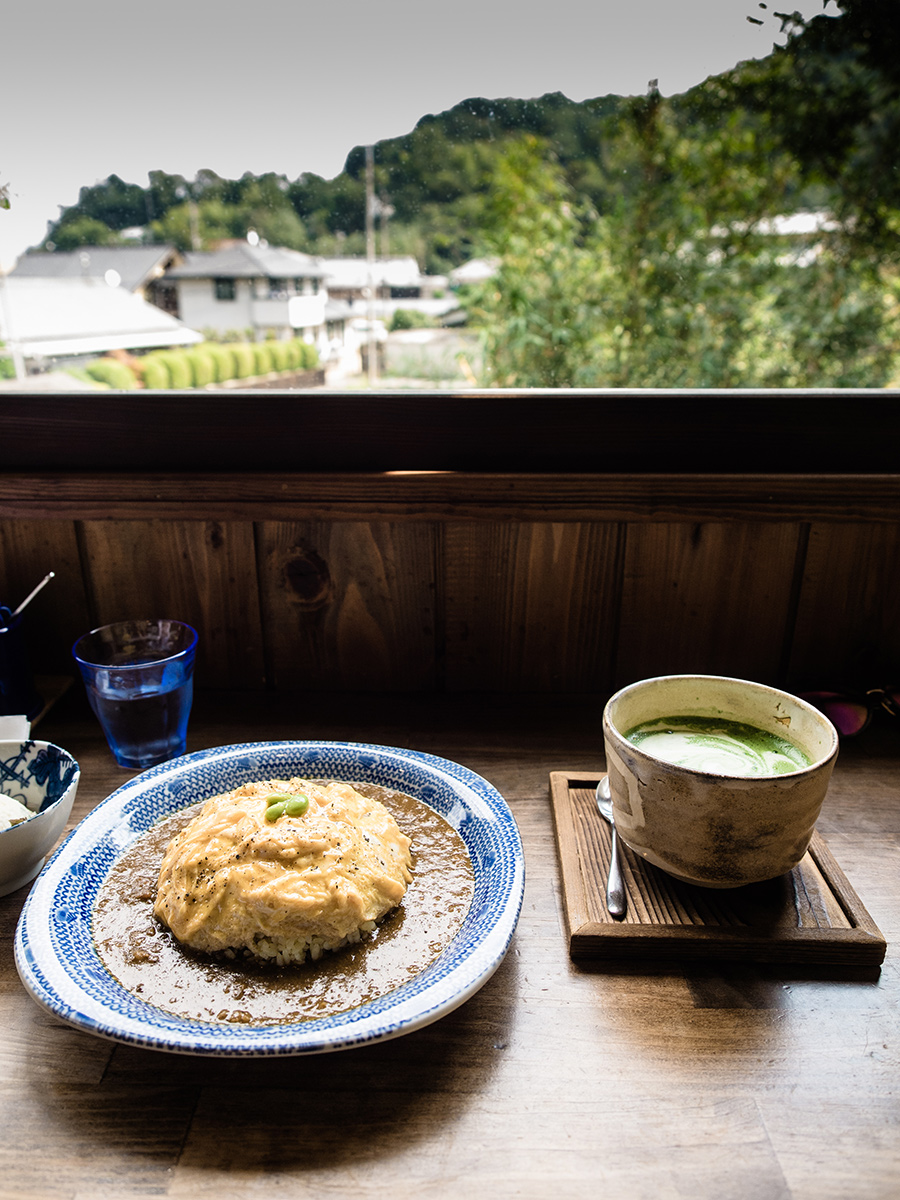
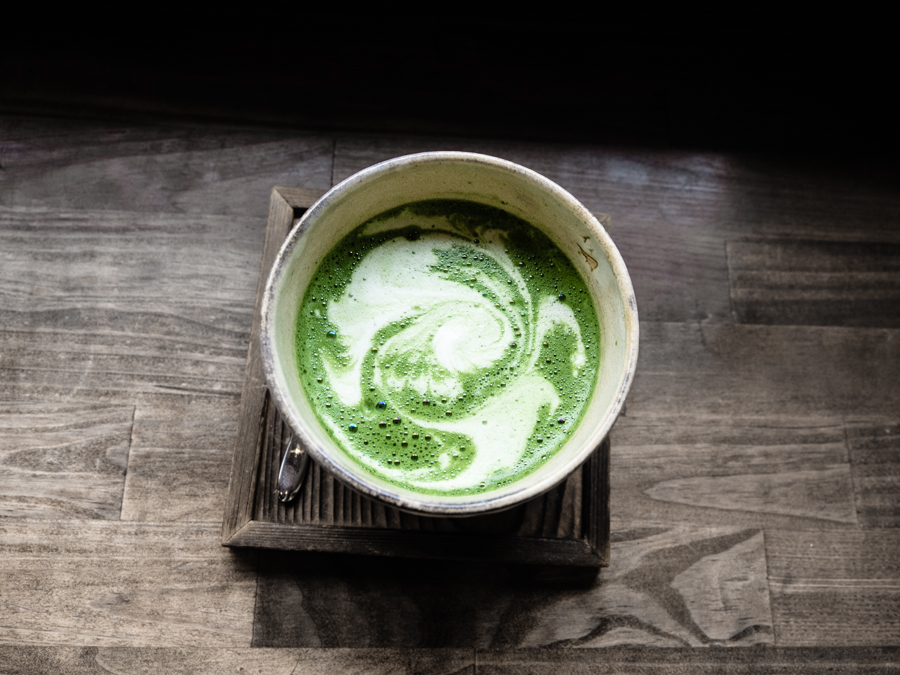
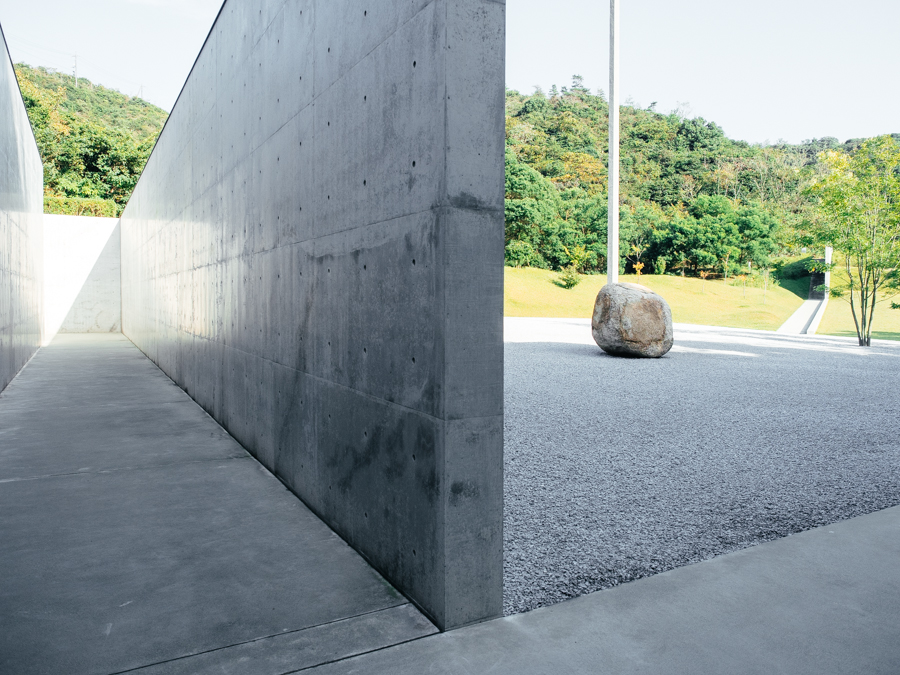
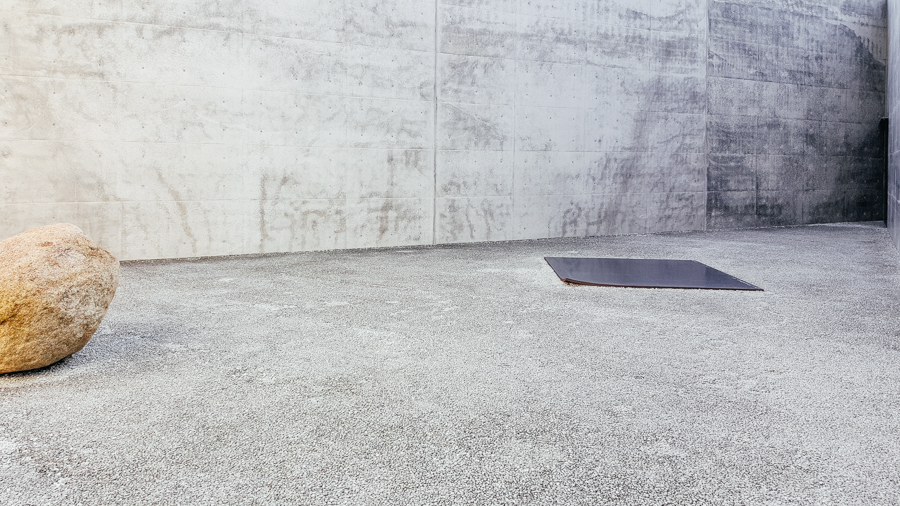

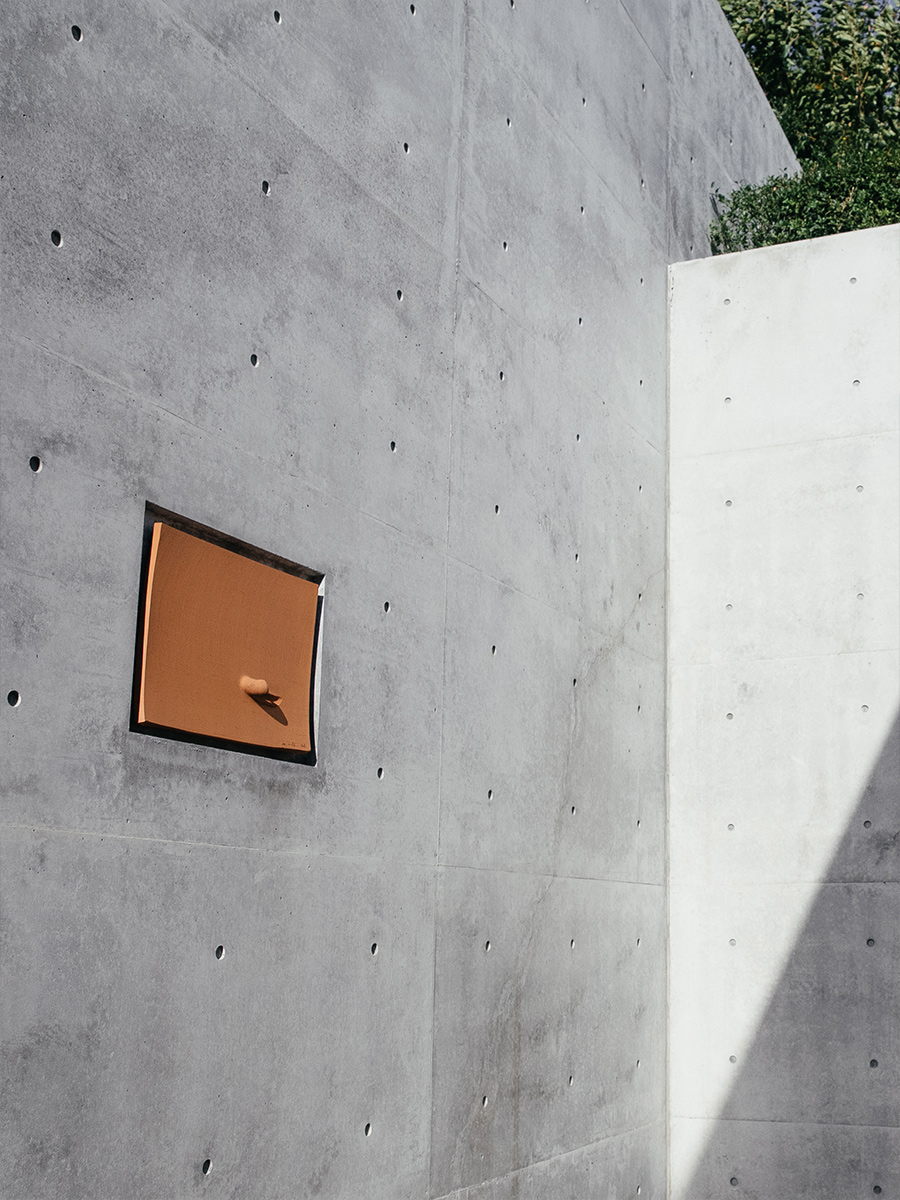
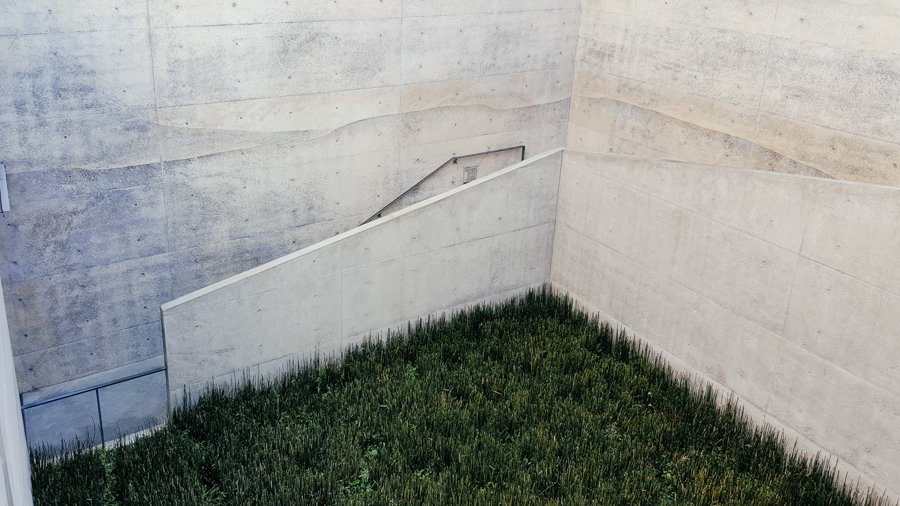
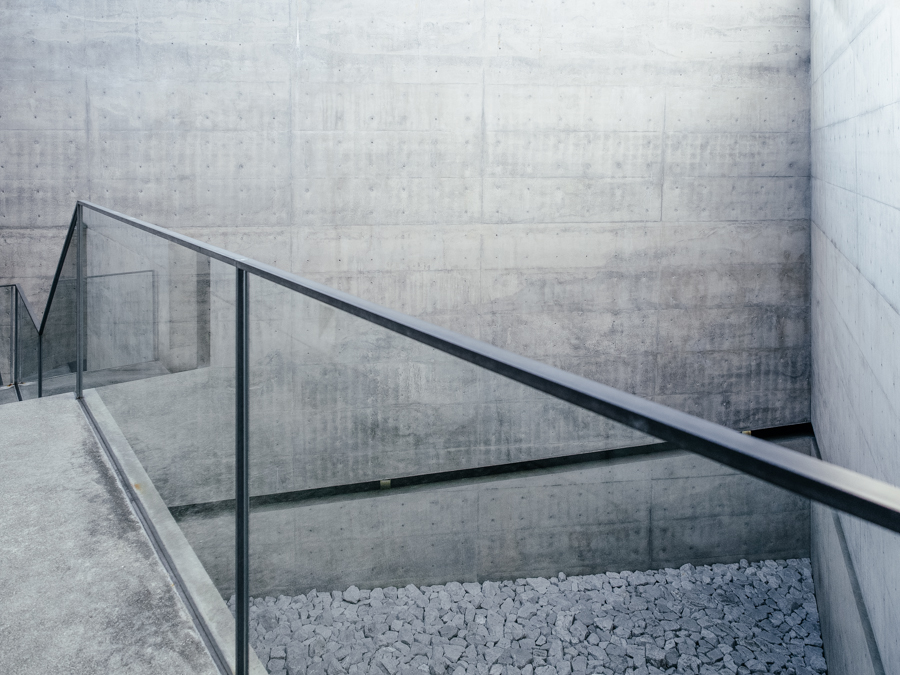
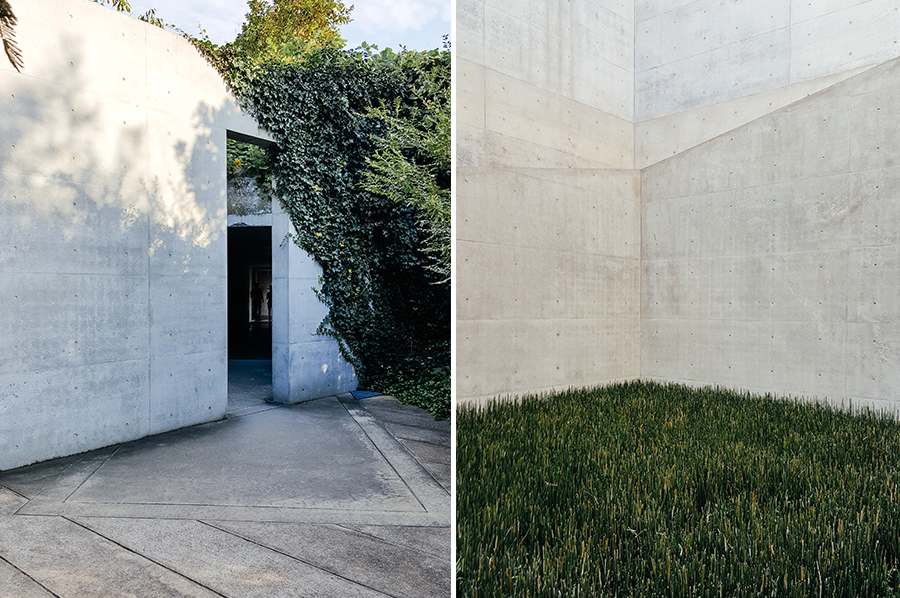
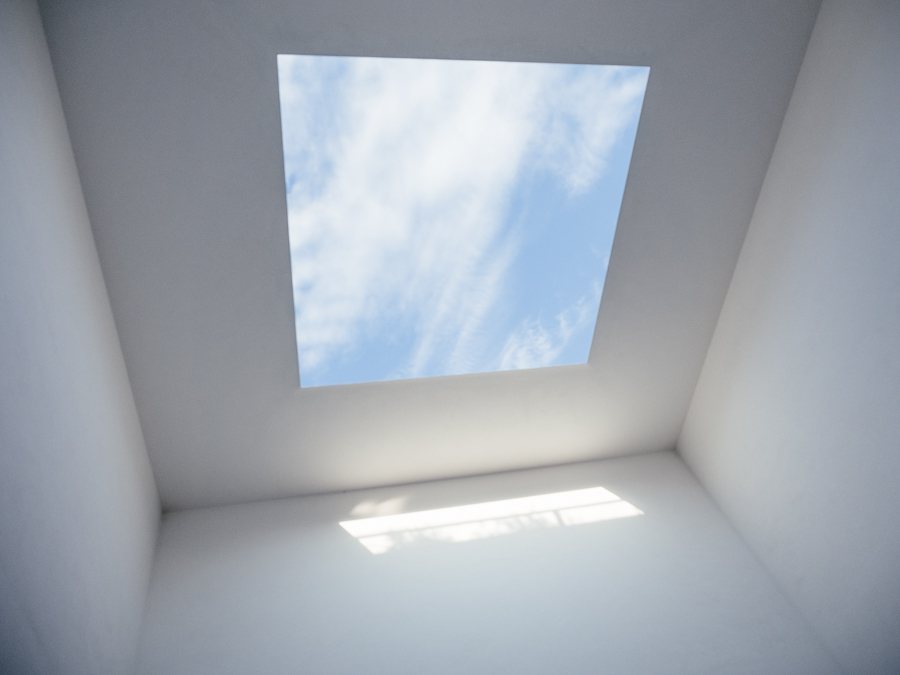

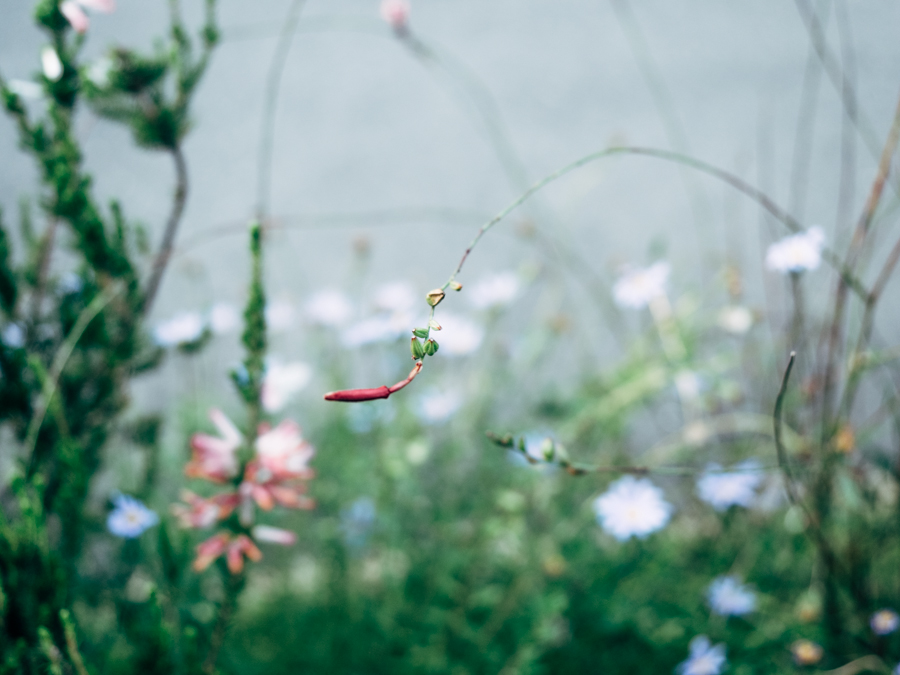
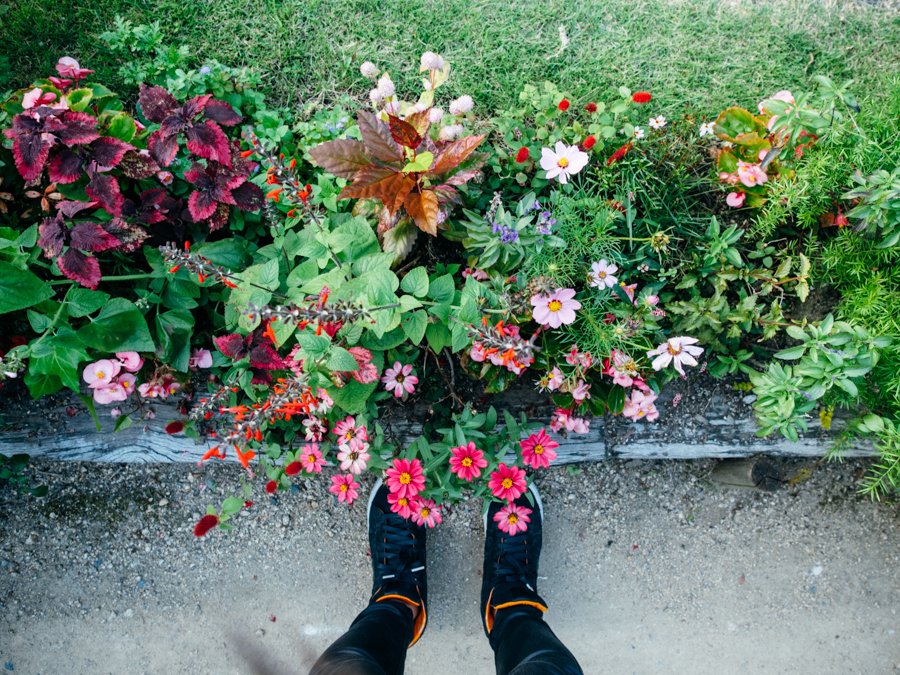

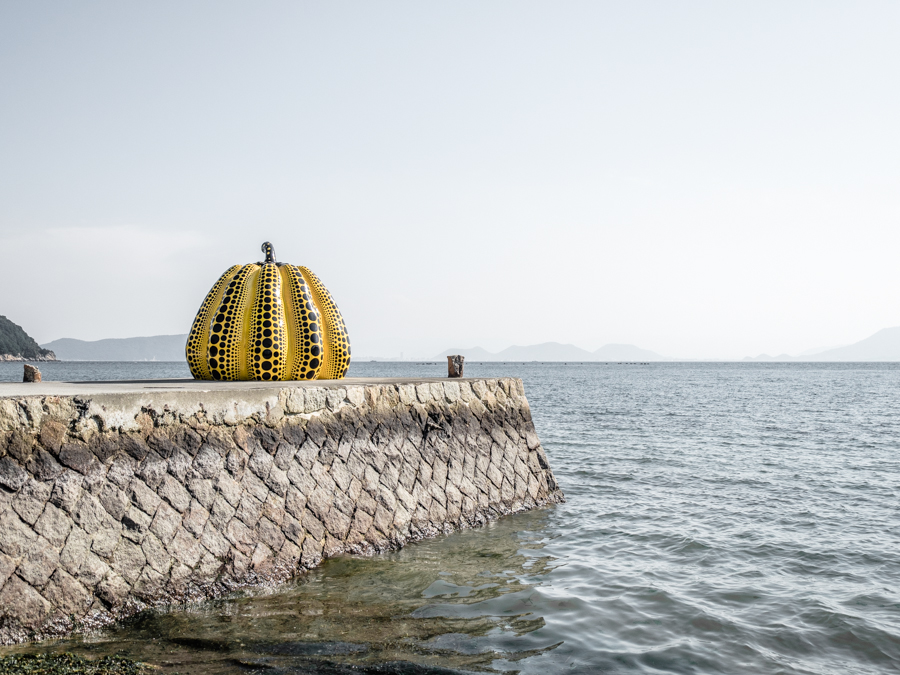



Naoshima was a great adventure! Highly enjoyed hiking around the island and trying to collect all the stamps from the various art sites (and taking the sneaky photos!).
[…] showcasing the works of my favourite polka dot lady. Ever since I hugged a big yellow pumpkin in Naoshima I can not get enough of the dots! I pondered where the museum was, but sure enough trees covered in […]